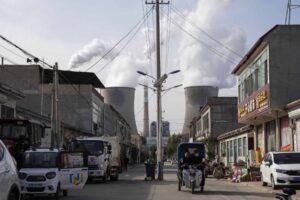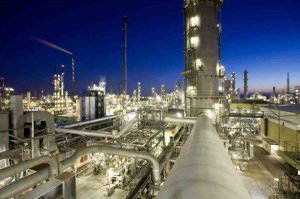The combination of rooftop and utility scale solar met 100 per cent of demand in South Australia for the first time on Sunday, reaching a milestone that will surely be repeated many times over – and for longer periods – in the future.
The milestone was reached at 12.05pm grid time (Australian eastern standard time), with rooftop solar providing 992MW, or 76.3 per cent of state demand, and utility scale solar providing a further 315MW – meaning all three of the state’s big solar farms, Bungala 1m Bungala 2 and Tailem Bend were operating at full capacity.
The new record came just weeks after solar set a previous milestone of 94 per cent of state demand and rooftop solar output reached 900MW for the first time. On Sunday, that level (94 per cent) was beaten for more than two and a half hours. The combination of sunny weather, mild temperatures and relatively low weekend demand is sure to see more records fall.
The state’s generators were producing more than they needed and exporting most of the surplus to Victoria with some going into the state’s big batteries.
South Australia is currently required to run a minimum amount of gas-fired generation to provide grid services such as inertia and system strength, but the need for this will be reduced when four new synchronous condensers are switched on over the next 12 month, and as battery storage begins to provide “synthetic” inertia services.
The expanded Hornsdale big battery is trialling those inertia services, and has the capacity to meet half the state’s inertia requirements. The construction of a new link to NSW will also further reduce the need for local gas fired generators, and will accelerate the shift towards the state Liberal government’s target of net 100 per cent renewables (averaged over a year).
The continued surged in rooftop solar installations means that South Australia is also likely to reach a new milestone of having rooftop solar along meet 100 per cent of its demand needs.
This is causing concern to the Australian Energy Market Operator, and has driven the introductions of tighter standards and new protocols for new installations that will allow their solar systems to be shut down in what AEMO says will be the rare occasions this is needed to ensure grid security.
South Australia is also leading the nation in the rollout of battery storage, and the creation of “virtual power plants”, where some of the battery capacity installed in households can be reserved and harnessed for grid services, including frequency control. The state’s utilities are also encouraging loads such as hot water systems to shift into the middle of the day to act as a “solar sponge”.











